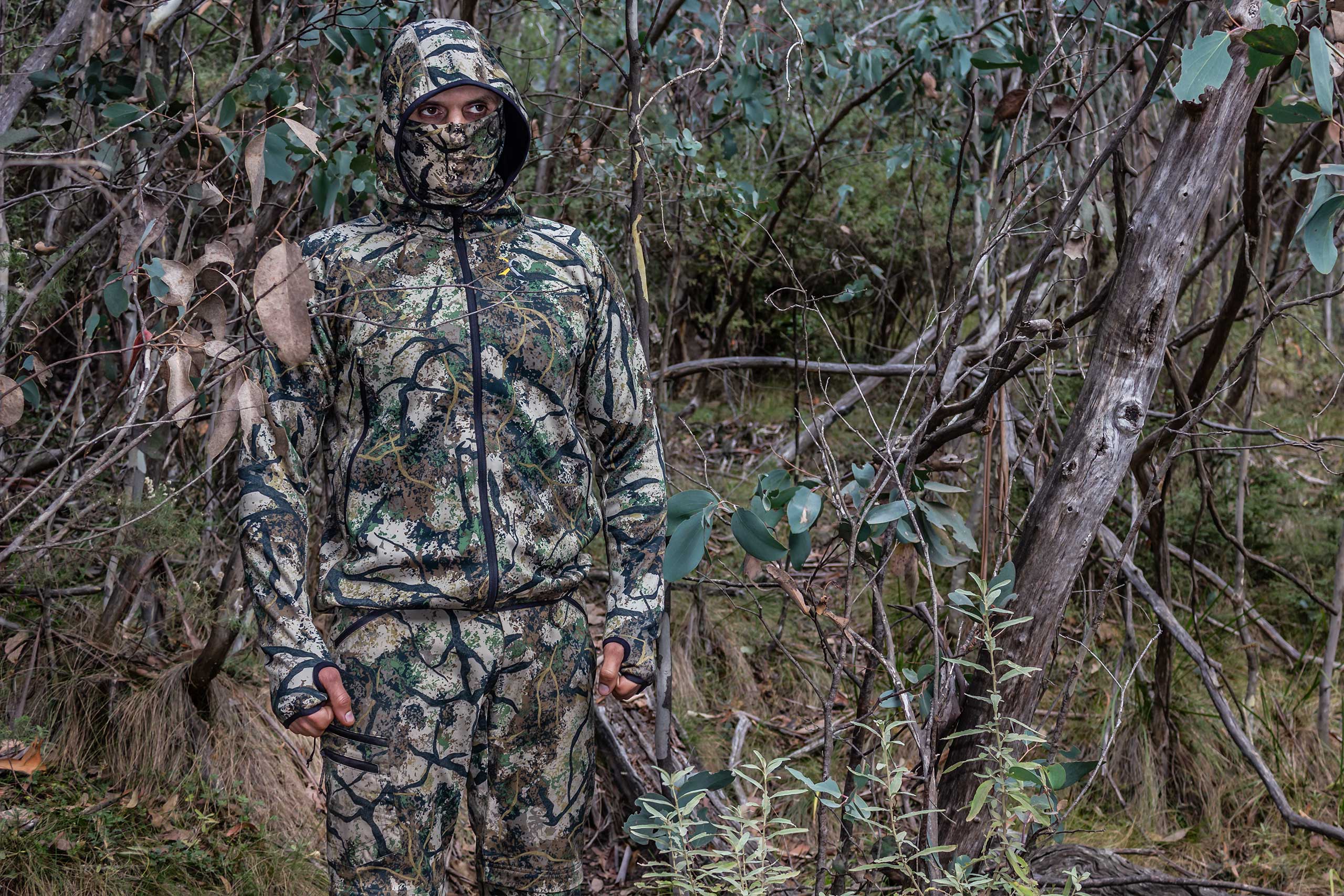For the discerning outdoorsman, navigating the wilderness is second nature. But navigating the often-confusing world of men’s clothing sizes? Not so much. Have you ever donned a size M in one brand that fits perfectly, only to find the same size in another brand feels like it’s trying to squeeze the life out of you? This inconsistency, my fellow hunters, is not a figment of your imagination.
But why is finding the right size so challenging, even within the same size category? The answer may exist within the murky world of clothes grading.
Grading rules and the lack of standardisation
So, what exactly is clothes grading? In essence, it’s the process of transforming a single garment size (usually a sample size) into a range of sizes, ensuring each maintains the same proportions and style. Imagine a meticulously crafted size M shirt as the blueprint. Clothes grading translates this blueprint into various sizes by systematically increasing or decreasing specific measurements – chest, waist, sleeve length, etc. – according to established grading rules. These rules dictate how much each measurement changes per size, influencing each garment’s final fit and dimensions.
However, there’s another important point to consider! Despite its crucial role in garment fit, there is no universal standard for clothing sizes. Each brand operates with its own set of grading rules, creating a chaotic landscape where a medium in one brand could be equivalent to a large in another. This lack of standardisation throws a wrench into the shopping experience, forcing men to navigate a labyrinth of varying fits and sizes.
How varying grading rules negatively impact hunting gear fit
Inconsistent grading rules between brands can cause confusion, or should we say, utter bewilderment! Imagine two hypothetical brands, Brand A and Brand B, both offering hunting shirts:
Brand A: Utilises a larger 4cm (1.6”) chest measurement increase per size.
Brand B: Employs a more conservative 2cm (0.8”) chest measurement increase per size.
Both brands use the same 5cm (2”) design ease (extra fabric for comfort and movement) across all sizes. The seemingly minor difference in the chest measurement translates to a significant fit disparity. Let’s see how their grading rules impact size ranges:
| Size | Brand A (chest) | Brand B (chest) |
|---|---|---|
| S | 50cm (19.7″) | 50cm (19.7″) |
| M | 54cm (21.3″) | 52cm (20.5″) |
| L | 58cm (22.8″) | 54cm (21.3″) |
| XL | 62cm (24.4″) | 56cm (22″) |
| 2XL | 66cm (26″) | 58cm (22.8″) |
As you can see, Brand A, with its larger grading rule, manages to cover a wider range of 50cm-66cm (19.7”-26”) with the same five sizes compared to Brand B’s 50cm-58cm (19.7”-22.8”) range.
Imagine you’re a perfect size M in Brand A. But when you try the same size in Brand B, it feels uncomfortably snug. You need to jump to a size L, leaving you wondering if you suddenly shrunk or if clothing sizes are playing tricks on you. This inconsistency is frustrating for outdoorsmen who rely on precise hunting gear fit for both comfort and performance.
But the sizing woes don’t stop there. Consider John, a hunter perfectly sized for Brand A’s L. In Brand B, the larger jumps mean he needs a 2XL! That’s a staggering two-size difference, leaving him questioning why finding well-fitting gear feels like a constant battle. Is it any wonder why many ask if “men’s clothes sizes are getting smaller, or are the sizes just all over the place?”
This lack of consistency not only frustrates shoppers but also poses a challenge for the hunting community. Gear needs to be precise – a shirt too tight can restrict movement, while one too loose can snag on branches or hinder layering during cold weather. In the field, where comfort and functionality are paramount, inconsistent sizing can be a major hindrance.
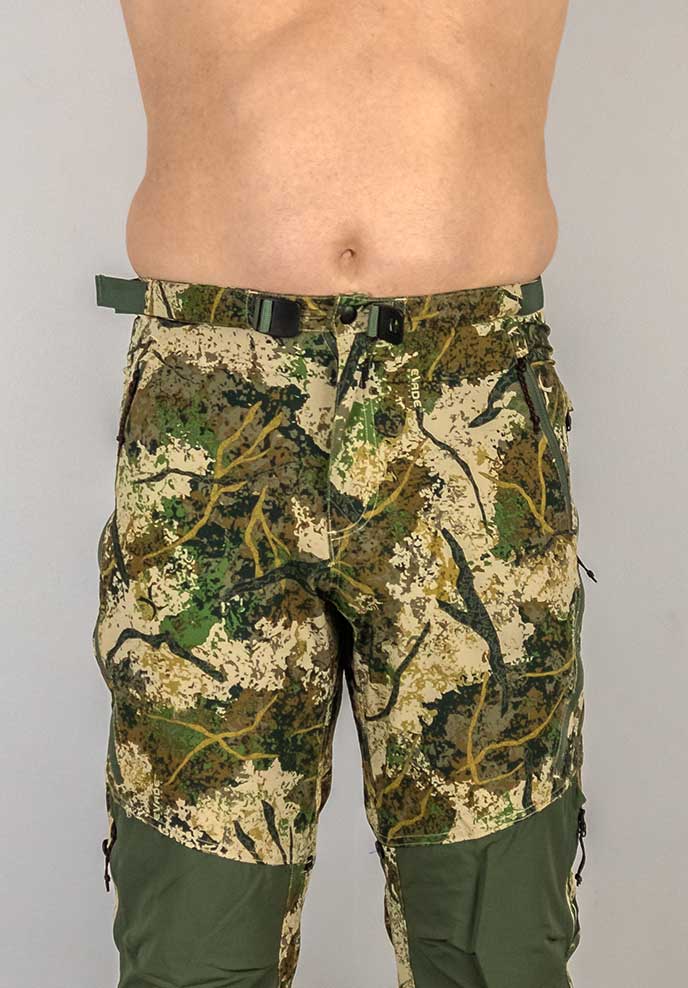
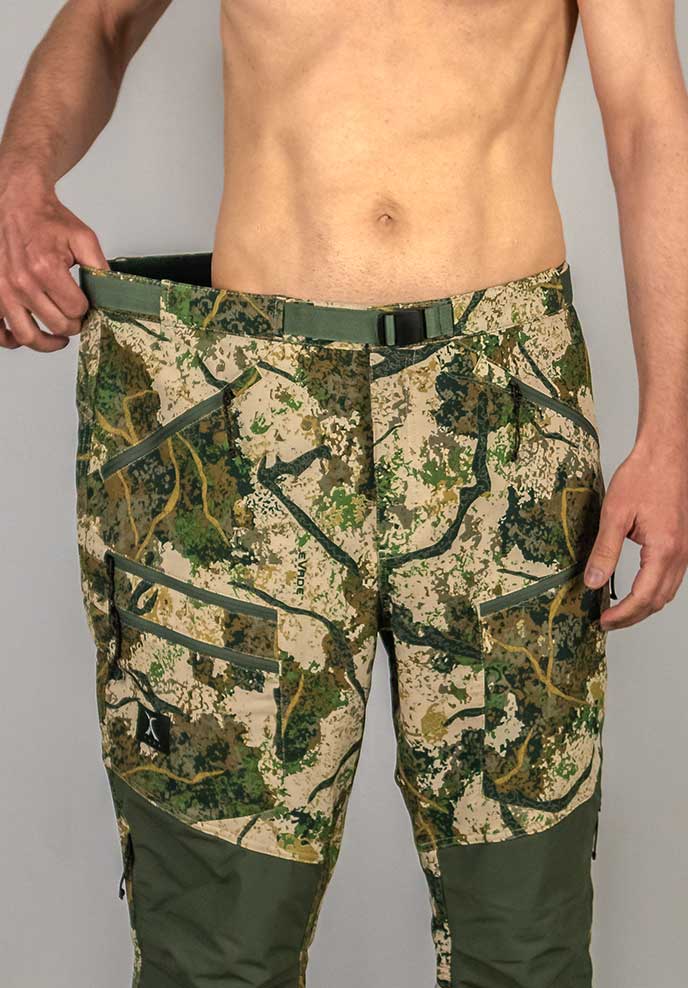
Inconsistent grading rules can result in clothing hugging you a little too tightly, or leave you swimming in excess fabric.
Bigger isn’t always better! The trade-off of larger grading rules
We’ve explored the confusing world of clothes grading and its impact on finding the perfect fit. But why do brands use different grading rules in the first place? Surprisingly, larger grading rules, while frustrating for consumers, can offer certain advantages for brands. Let’s delve deeper into this trade-off.
Brand benefits
Interestingly, Brand A’s larger size jumps allow them to cover the same range as Brand B with just three sizes (S to L) compared to Brand B’s five sizes (S to 2XL).
This translates to several benefits for Brand A:
- Reduced production costs: Fewer sizes translate to fewer patterns, less fabric usage, and less fabric wastage, streamlining production and reducing costs.
- Simplified inventory management: Stocking fewer size variations across a given range simplifies inventory management and reduces storage needs.
- Reduced risk of unsold stock: By covering a broader range with fewer sizes, brands potentially mitigate the risk of having unsold stock in specific sizes.
- Appealing to a wider range (theoretically): The broader size range might attract customers with more diverse body types.
However, this seemingly efficient approach comes with its own set of drawbacks for consumers…
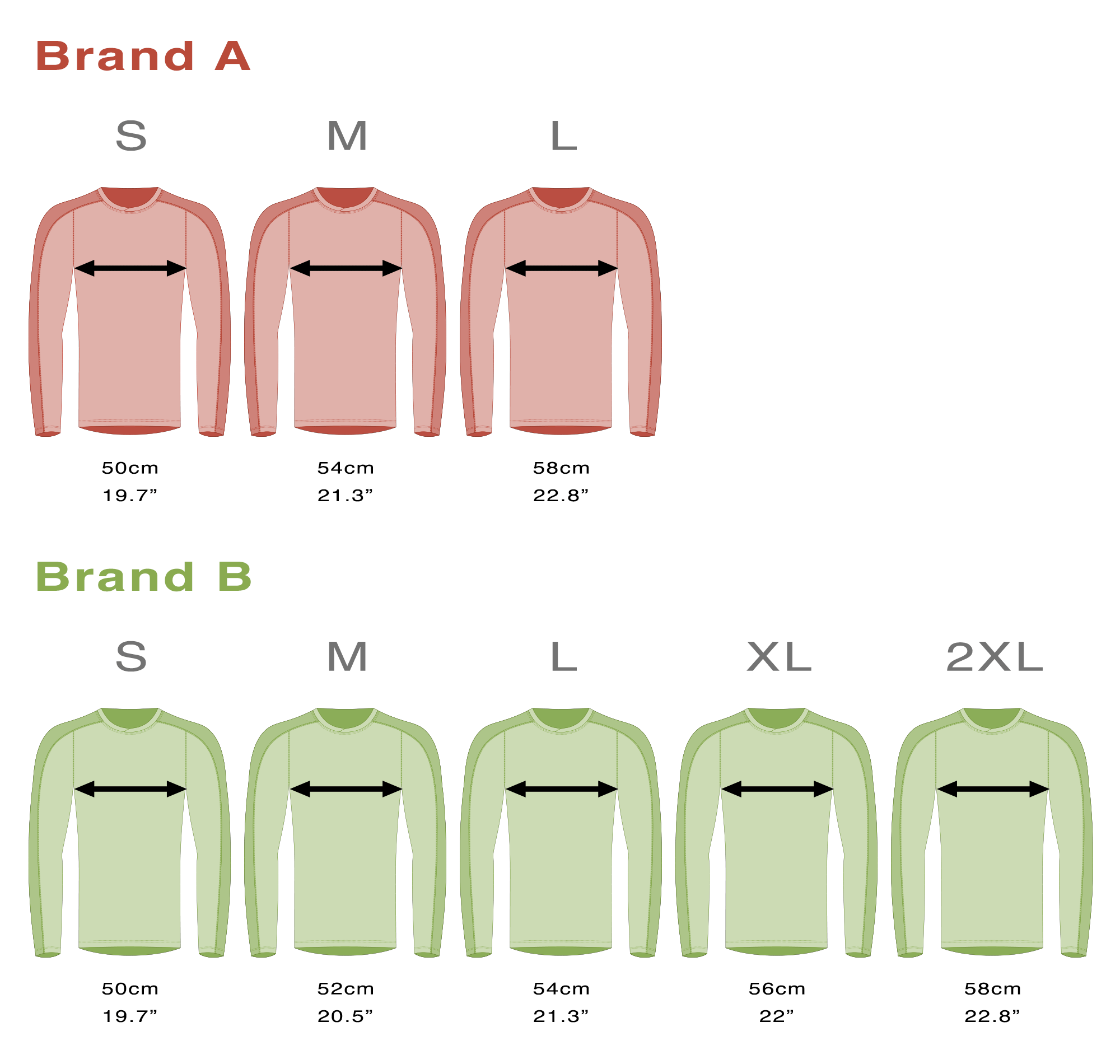
Consumer challenges
While larger grading rules benefit brands financially, they often create challenges for consumers:
- Greater size jumps: Larger size jumps create gaps where hunters can fall between sizes, leaving them stuck with garments that are either too tight or too loose. Imagine someone falling between Brand A’s size M with a measurement of 54cm (21.3”) and L at 58cm (22.8”) – they may have to accept a garment that is less than ideal.
- Less precise fit: Larger grading rules prioritise covering a wider range over offering a precise fit for individual body types.
- Inconsistency between brands: The lack of standardisation makes size comparisons across brands nearly impossible, leading to confusion and frustration.
- Increased returns and potential dissatisfaction: Inconsistent sizing across brands can lead to frustration and return orders, impacting customer satisfaction.
Now, let’s see how these size ranges translate to real-world challenges for consumers…
The consumer conundrum of finding the perfect fit
While larger grading rules might seem like a win for brands in terms of production efficiency, it presents a potential challenge for consumers, especially those seeking a precise fit. Larger size jumps can create a “no man’s land” where hunters fall between sizes.
This means finding the “Goldilocks” fit, one that’s not too tight or too loose, can feel like an uphill battle. You might find yourself squeezed into a size M or swimming in a size L, left wishing for a mythical size “M and a half.”
The lack of precision can lead to discomfort and frustration. A too-tight garment can chafe, restrict breathing, and hinder focus, while a loose one can feel bulky and impede movement. This can negatively impact concentration, endurance, and overall enjoyment of the hunting experience.
Larger grading rules can leave hunters caught between a size that’s too tight and one that’s too loose, hindering their comfort and mobility. You might settle for a garment that’s not quite right, leading to discomfort and frustration on your outdoor adventures. Understanding the trade-offs between larger grading rules and size consistency can empower you to make informed choices when selecting your hunting gear.
But what about smaller grading rules, are there any advantages?
The power of smaller grading rule size jumps
While smaller-size jumps may not always offer the same measurement range, they do offer significant benefits to the discerning outdoorsman. Here’s how:
- Precision Fit: Smaller grading rules translate to more granular size increments, significantly increasing the chances of finding a garment that fits your body correctly. This precision fit empowers you to move freely, perform at your peak, and conquer any outdoor challenge with confidence.
- Enhanced comfort and mobility: A precise fit eliminates unnecessary fabric bulk or tightness, maximising your comfort and flexibility in the field. Whether you’re scaling a mountain or navigating dense undergrowth, your gear should move with you, not against you.
- Confidence and performance: When your clothes fit well, you move with confidence. Knowing your gear won’t restrict your movements allows you to focus on the task at hand, performing at your peak and enjoying the outdoors to the fullest.
- Reduced frustration and returns: Finding the perfect fit shouldn’t feel like a guessing game. Smaller grading rules minimise the confusion and frustration often associated with inconsistent sizing, reducing the need for returns and exchanges.
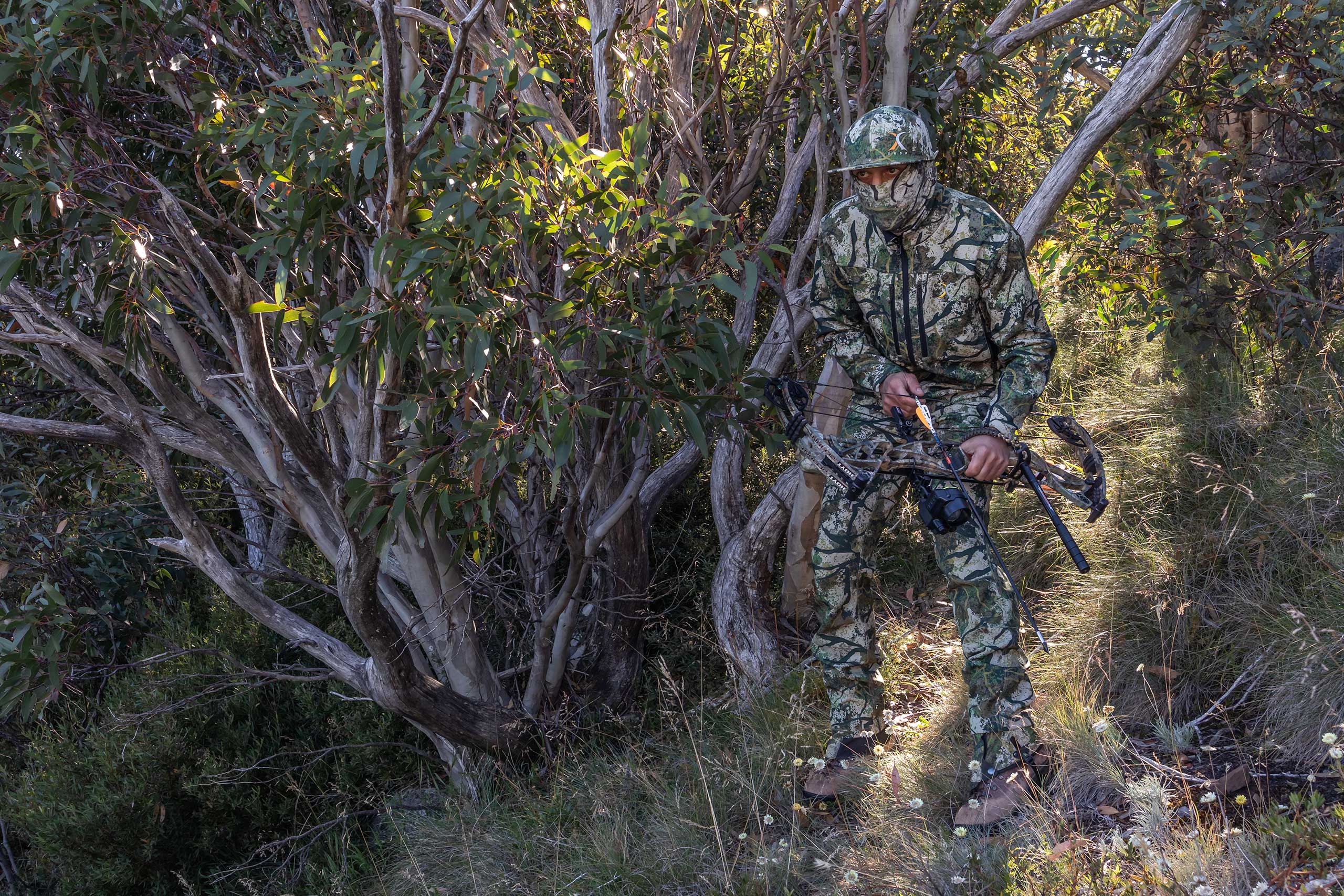
Hunting for the right fit
Don’t let your clothes be your downfall
Our commitment to you
At TUSX, we understand that a perfect fit is paramount for an enjoyable and successful outdoor experience. That’s why we go the extra mile to ensure we prioritise smaller grading rules that translate to precisely sized garments. We believe that every outdoorsman deserves performance clothing that fits as well as it performs, and we’re dedicated to making that a reality.
Beyond grading rules
It’s important to remember that fit is influenced not by just grading rules but also by garment design and construction. We meticulously design our products with specific activities and body types in mind, paying close attention to factors like articulation, fabric choice, and seam placement. This holistic approach, combined with our commitment to smaller grading rules for men’s clothing sizes, ensures you find hunting gear that not only fits well but also performs flawlessly in the field.
Join the quest for the perfect fit
We invite you to explore our range of products and experience the difference that a precise fit can make. With our commitment to smaller grading rules and meticulous design, we’re confident you’ll find gear that empowers you to conquer any outdoor challenge with comfort and confidence.
Hunting for the perfect fit? Size is just one aspect of fit. To achieve the ultimate fit experience, we recommend:
- Using our online interactive size tool: Our online size calculator allows you to quickly and easily determine your best size, all from the convenience of your own home.
- Taking your measurements accurately: Grab a measuring tape and carefully measure yourself to ensure you choose the correct size based on our size calculator recommendations, or our detailed sizing charts.
- Consider the garment’s design: Some garments are designed for a looser fit, while others are meant to be more fitted. Consider the intended use and style of the garment when making your selection.
Remember, finding the perfect hunting gear fit is paramount to a successful outdoor experience. We’re here to support you every step of the way, offering expert advice and resources to help you make informed choices and discover gear that truly fits your needs. Our online size calculator can offer personalised size recommendations quickly and easily to help you choose the right gear for your next adventure. So, embark on your quest for the perfect fit with us, and experience the outdoors like never before!
